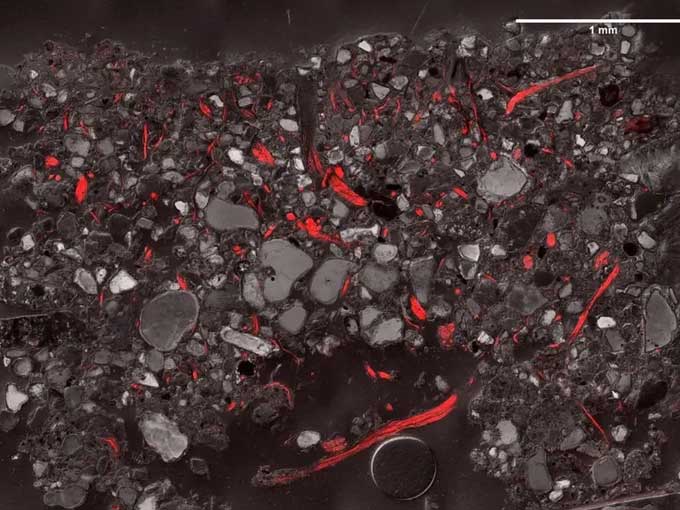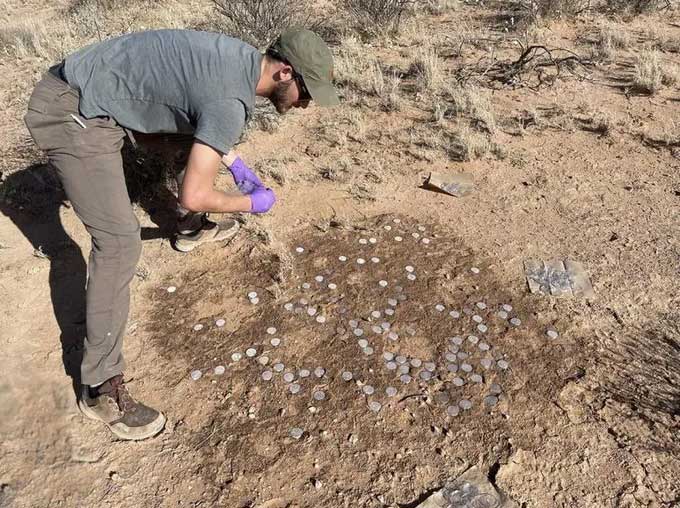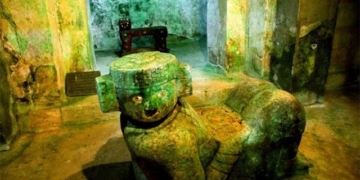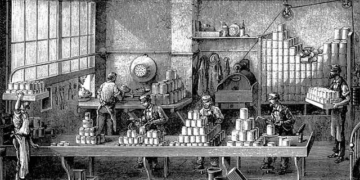The biological crust covering about 12% of the Earth’s surface is under threat, impacting climate, the environment, and human health.

Cross-section of the biological crust captured by a laser scanning microscope. (Photo: BP).
A study published in the journal Frontiers of Microbiology predicts that the Earth’s biological crust will decline by approximately 25-40% within the next 65 years due to climate change and increased land use.
The biological crust – often referred to as the “living skin” of the Earth – consists of microorganisms that form a long-lasting surface layer in the soil. It currently covers about 12% of the Earth’s surface.
This crust plays many vital roles, such as capturing carbon and nitrogen from the atmosphere and fixing them in the soil, recycling nutrients, and binding soil particles together to help prevent dust…
Among its functions, soil stabilization – which helps reduce erosion by allowing soil to clump together and not break down into dust – is extremely important.

An expert collecting components of the biological crust from the field before bringing them back to the laboratory for study (Photo: BP).
According to Professor Estelle Couradeau, the lead researcher, the presence of the biological crust in arid land significantly reduces the amount of dust that can enter the atmosphere.
Therefore, the loss of the biological crust will increase global dust emissions and deposition by 5-15%. This will directly affect climate, the environment, and human health.
“When the soil is dry, most of the bacteria in the soil become inactive,” Professor Couradeau explains. “But as soon as they sense moisture, they recover very quickly, in just a few seconds to a few minutes.”
According to this expert, the tiny organisms of the biological crust actively produce chlorophyll and contribute to fixing carbon and nitrogen until the soil dries out again. However, they are seriously threatened by the effects of climate change.


















































